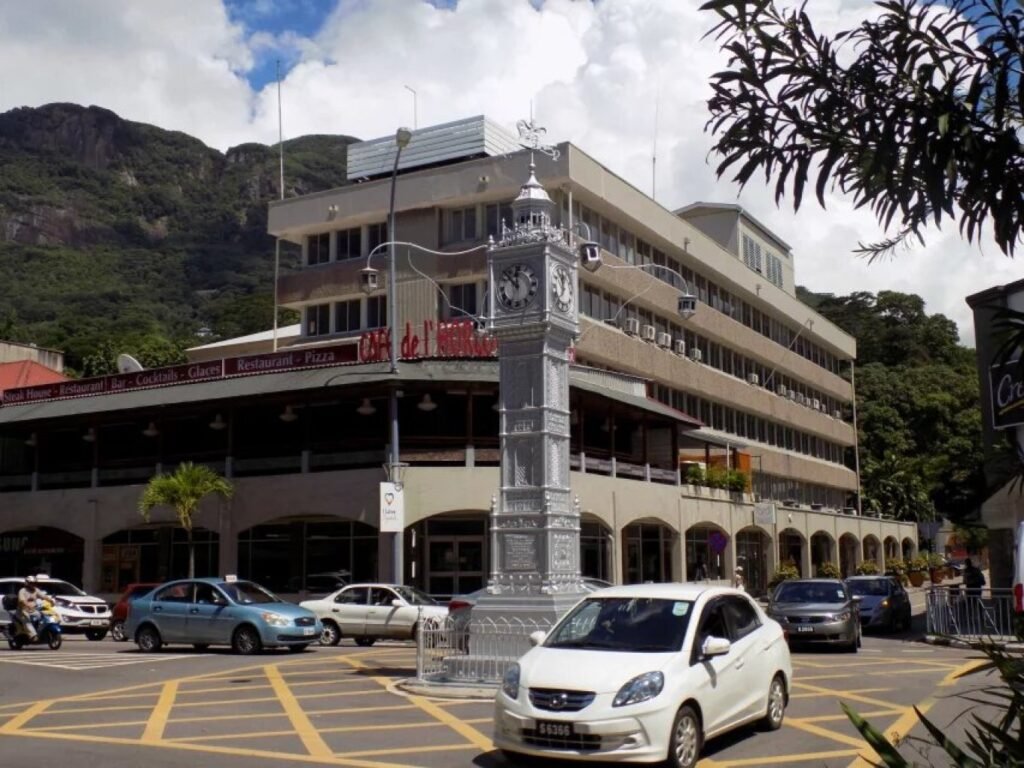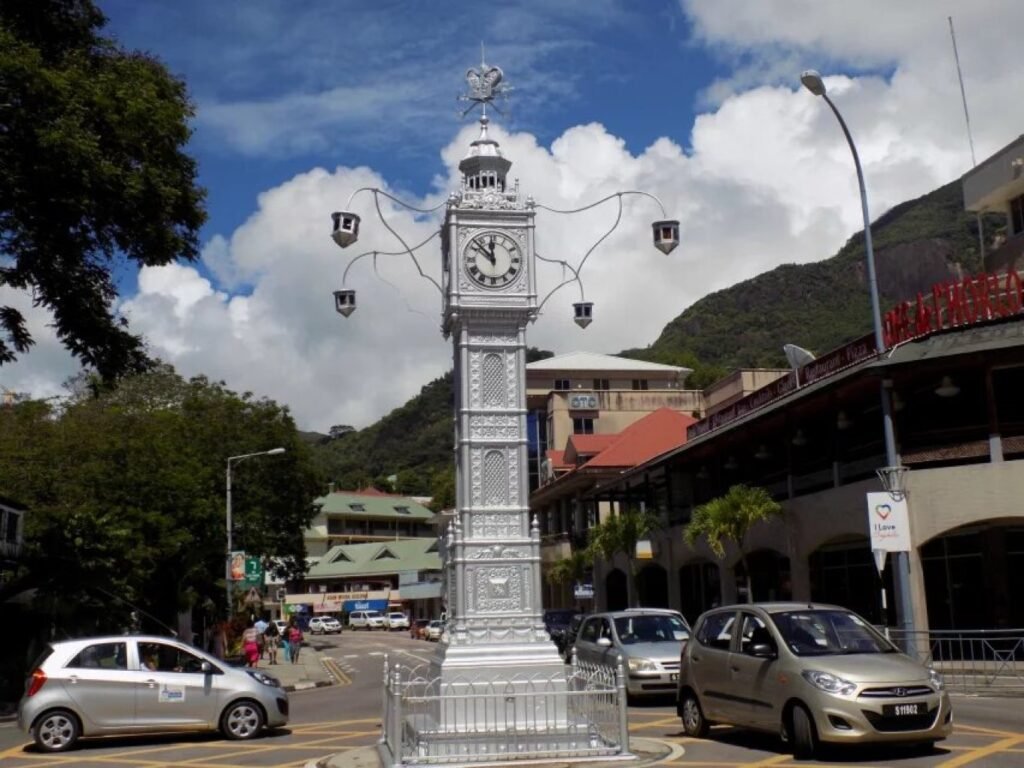The Seychelles Republic is an island nation located in the Indian Ocean off the eastern coast of Africa, consisting of 115 islands with a population of less than 100,000.
It is the smallest country in Africa by land area, and its capital, Victoria, is the smallest capital city on the African islands.
The main ethnic groups are Bantu, Creole (a mix of European and African heritage), descendants of Indians and Pakistanis, Chinese, and Anglo-French descendants. Despite being in Africa, pure African blacks are rare here.
Having been alternately occupied by France and Britain, Seychelles gained independence in 1976 and established diplomatic relations with China in the same year. The first president, James Mancham, was of Chinese descent with ancestral roots in Shunde, Guangdong.
Today, Seychelles is often listed alongside Tahiti, Fiji, and the Maldives as one of the world’s top luxury island destinations. Along with Mauritius and the Maldives, it is known as one of the “Three Jewels of the Indian Ocean.”
What sets Seychelles apart is that it is the only island nation in the world composed of both granite and coral islands.
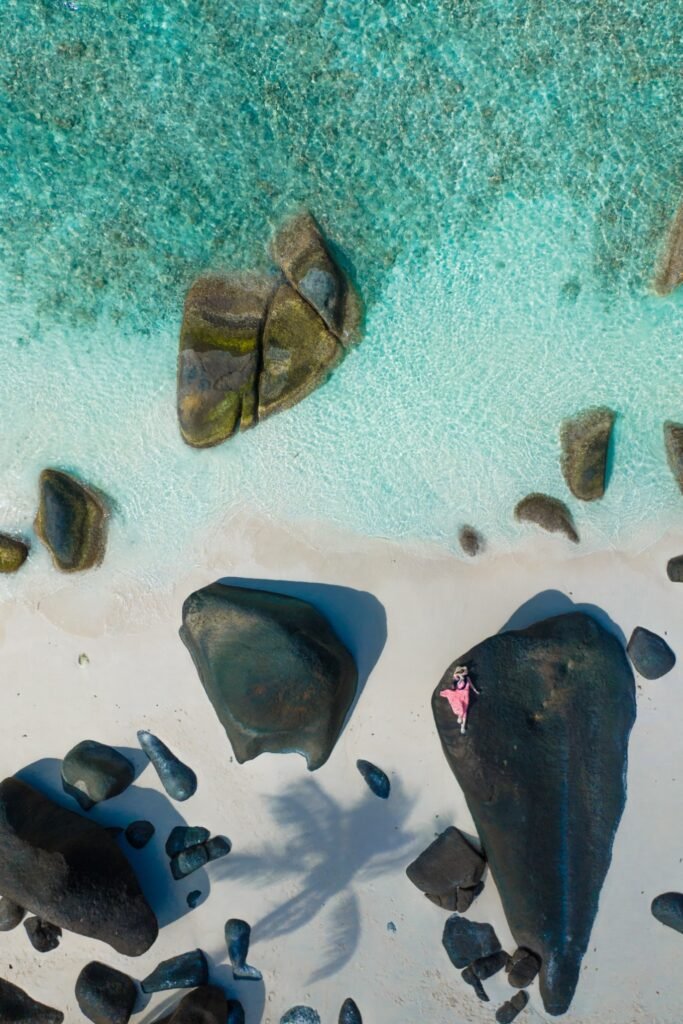


Here’s a brief overview of Seychelles’ most notable islands:
Mahé Island: Mahe is the largest island in Seychelles, covering an area of 154.7 square kilometers, with a length of 27 kilometers and a width of 8 kilometers. Over 90% of the country’s population resides on this lush, green island. Mahe is like a natural forest park, filled with verdant forests and towering mountains, and it boasts 65 stunning beaches.
Although the island is relatively small, it takes less than three hours to drive around it if traveling at a steady pace. However, if you stop to explore a few sights along the way, it could take a whole day to fully enjoy the island. The winding and narrow roads can be challenging, so for those with limited driving experience, renting a car may not be the best option. Instead, hiring a private guide with a car for a tour around the island can be a safer and more relaxing way to explore.
Praslin Island: The second largest island, Praslin is popular for its stunning beaches and is one of the rare places in Seychelles where you can see the famous coco de mer palms.
La Digue Island: The fourth largest island, located next to Praslin, La Digue is renowned for its picturesque landscapes and is often featured on lists of must-visit destinations.
Additionally, there are luxury resorts on private islands like Zil Pasyon (home to Six Senses) and Desroches Island (home to Four Seasons), offering high-end, exclusive experiences.
But during a moment of disarray, I stumbled upon Silhouette Island, located in the northern part of Mahé Island. It’s quite popular among Europeans, especially Italians. The entire island is a national park, designated as a nature reserve by Seychelles, and it only has one Hilton hotel. Despite many travel bloggers mistakenly naming La Digue as the third-largest island, Silhouette Island is actually Seychelles’ true third-largest island.
Silhouette Island stands out because it hosts Seychelles’ largest marine park and the second-highest peak, Mont Dauban (731 meters above sea level). This makes it not only a great spot for typical island activities but also an exciting destination for exploring tropical rainforests and hiking. It’s truly unique to have such experiences on an island!
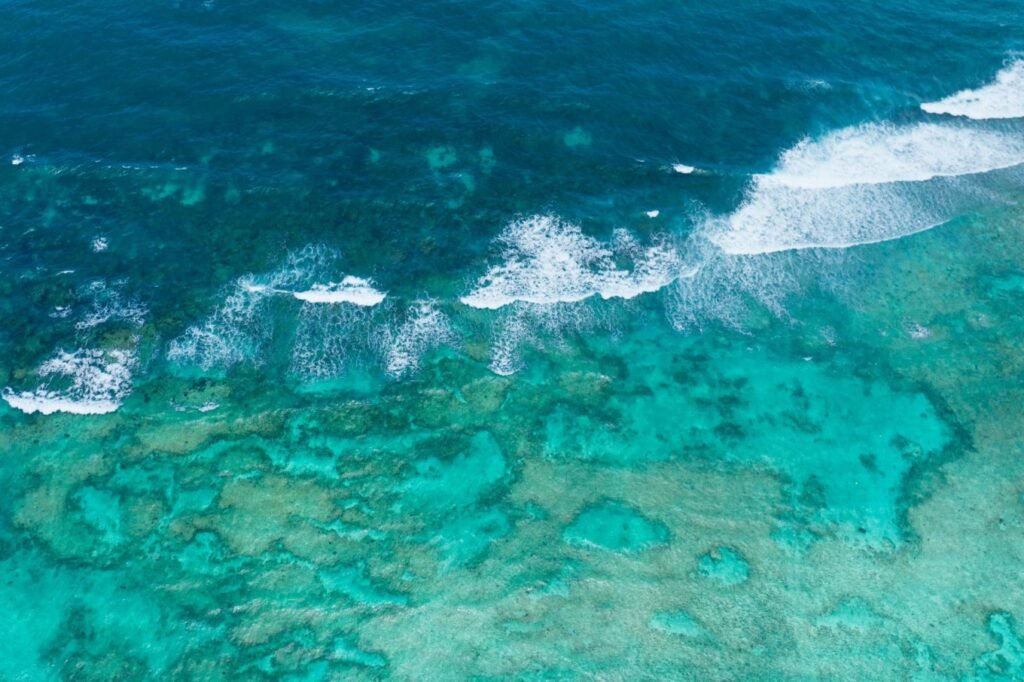
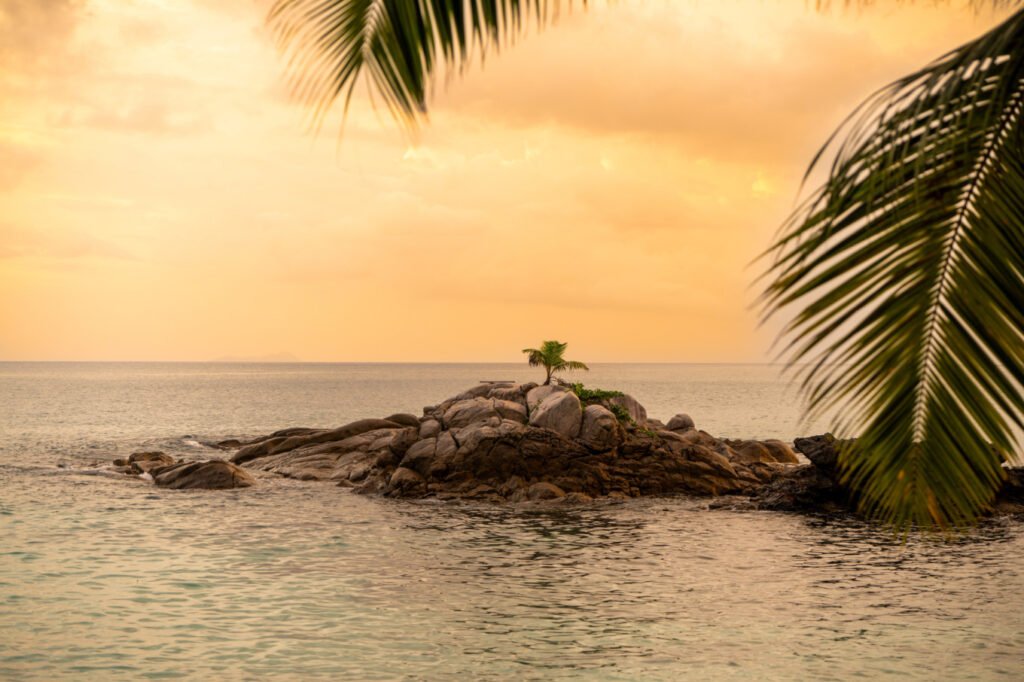
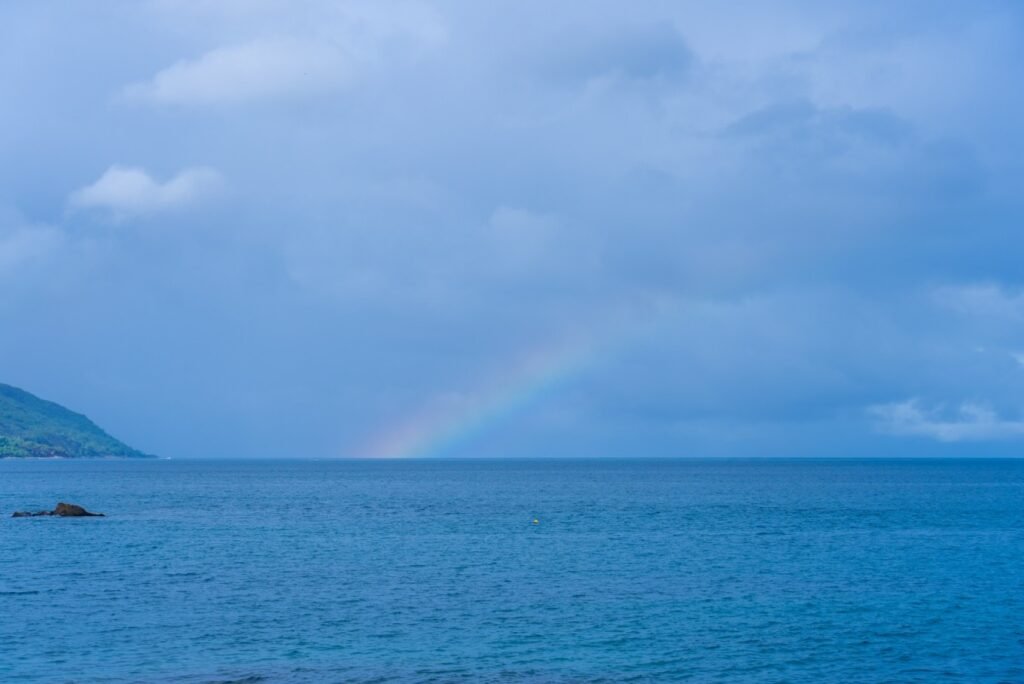
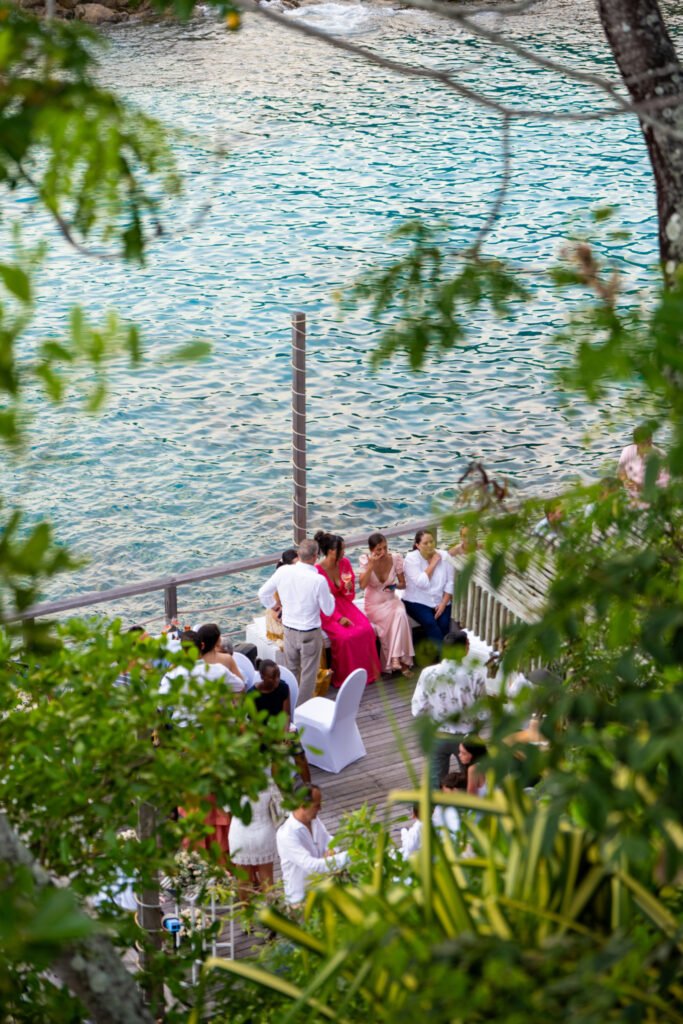
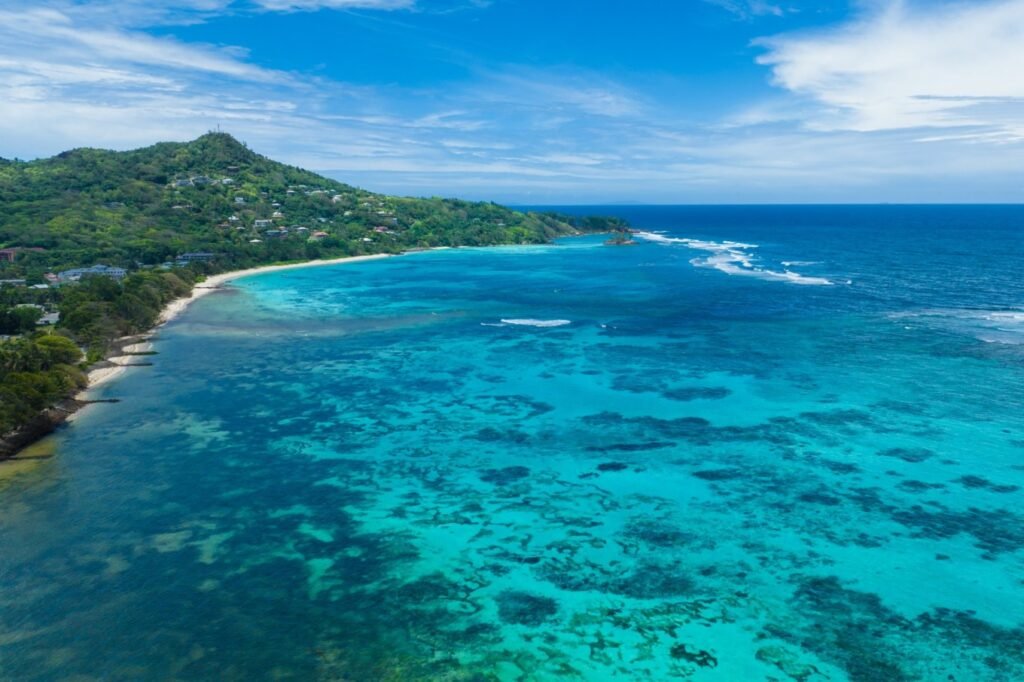
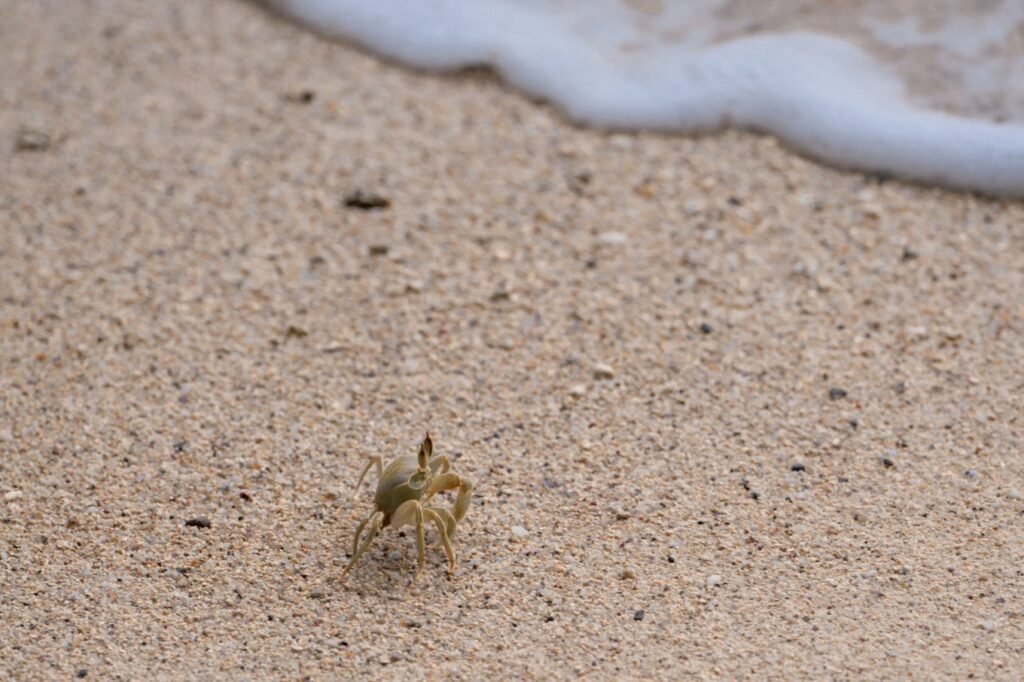
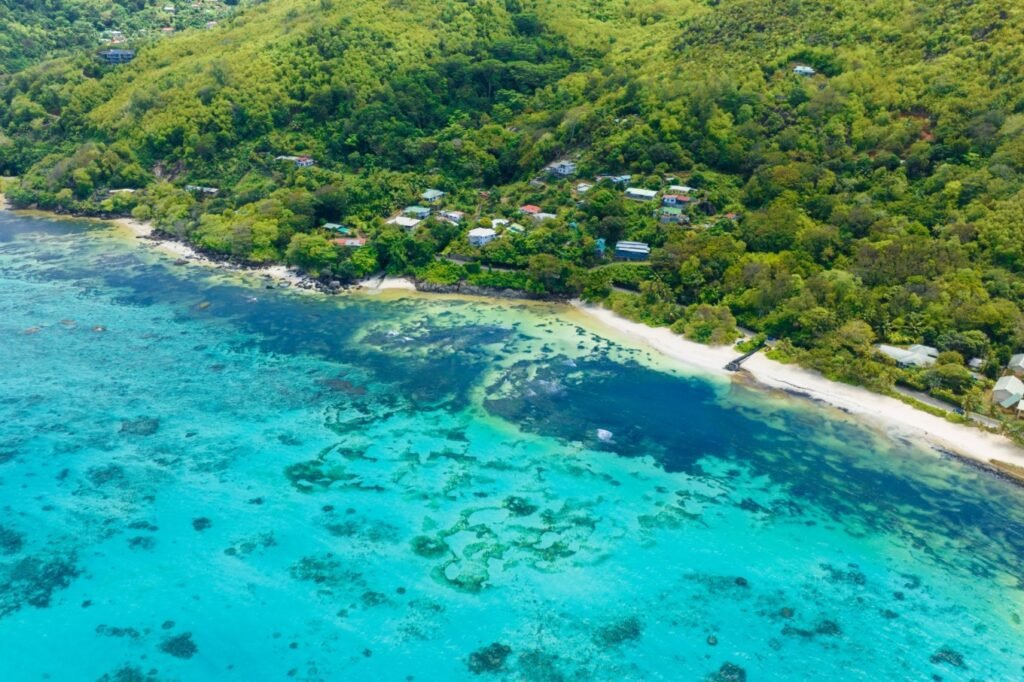

The first beach we arrived at is mapped as RC Church / Saint Joseph Travailleur. It’s a Catholic church built in 1931. Since Seychelles predominantly practices Catholicism, there are many old churches on the island, and this one is relatively large.

In Seychelles, all the churches have a large white cross prominently displayed. This church, located by the sea, is built on a large granite rock in the water.
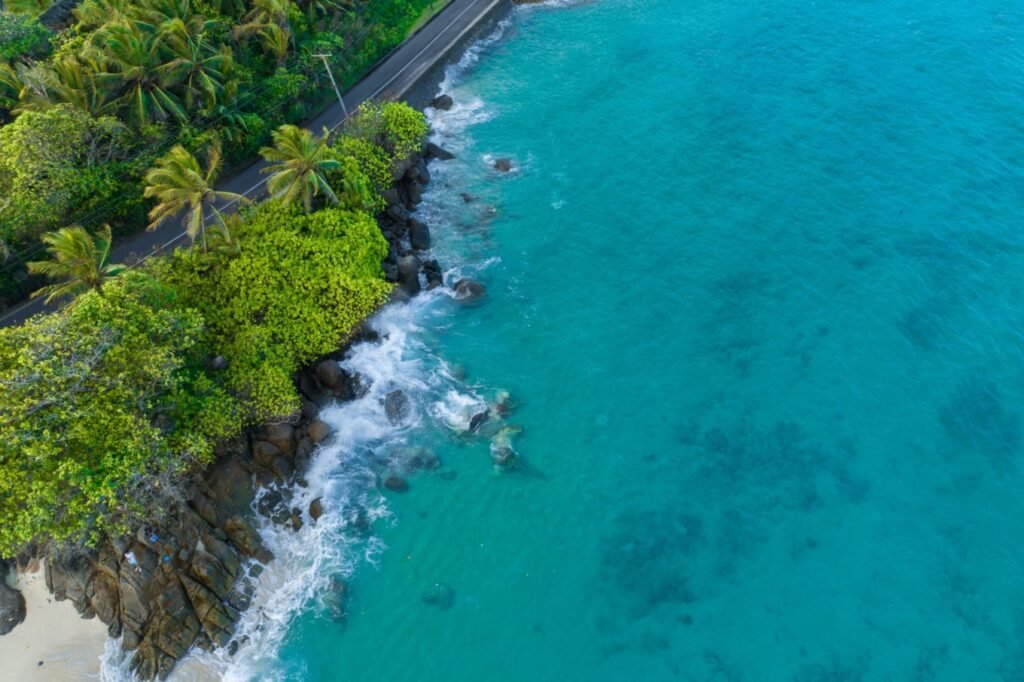
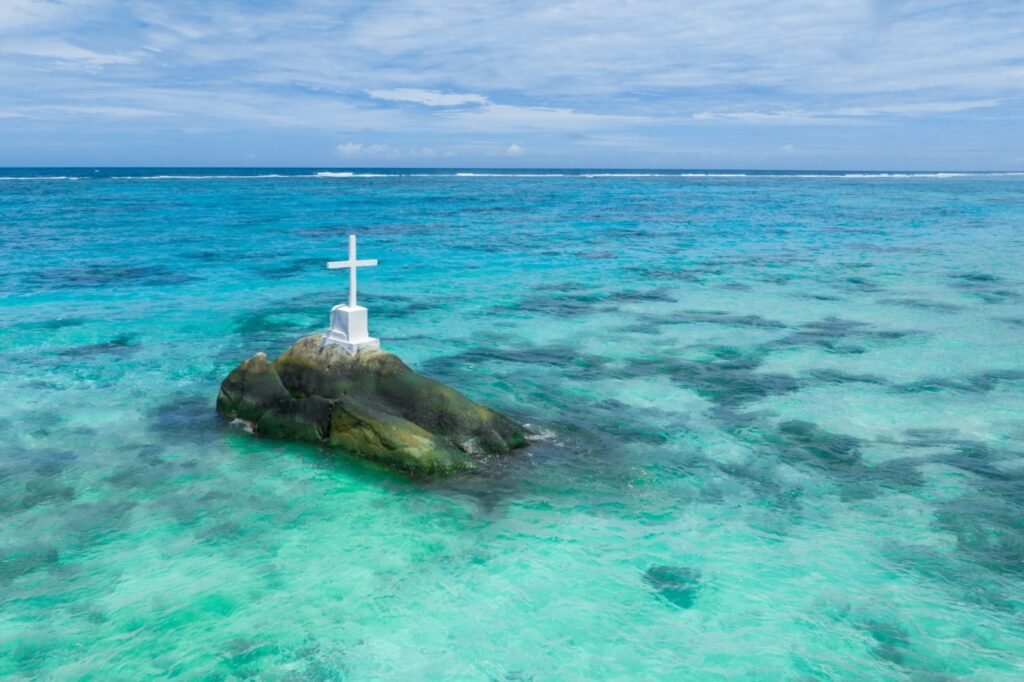
The Seychelles Islands – Not just another place, another world
This iconic slogan from the Seychelles Tourism Board perfectly captures the essence of the archipelago. “Unique” is a word often overused in travel brochures, losing much of its meaning. However, when it comes to describing the Seychelles, this word is not only fitting but essential. These islands represent the true meaning of uniqueness, making it impossible to overuse the term. The 115 natural islands scattered across the Indian Ocean are among the world’s most precious treasures. They have preserved their pristine nature and authenticity, remaining almost untouched by commercialization. This serene, simple, and pure destination is indeed another world.
The story of the Seychelles began 150 million years ago, during the time when dinosaurs ruled the newly-formed Earth. What is now the Seychelles lay at the heart of the supercontinent Gondwana. Over millennia, tectonic movements gradually tore apart the vast landmass. A highly-debated seismic event marked the sudden end of the dinosaurs’ reign and the emergence of the Seychelles.
The catalyst for this dramatic series of events might have been an underwater volcanic eruption or a meteor impact, which fragmented parts of granite from the western coast of India, while the Gondwanan landmass continued drifting northward. Whether by chance or fate, the Seychelles archipelago emerged in isolation. What was once a vast continent now floats freely in the ocean as a collection of sparkling granite islands. These scattered oases, along with coral reefs, form the Seychelles Islands, resting quietly south of the equator, like shining jewels amid the vast blue ocean.
The Seychelles is often likened to a fleet of Noah’s Arks, each carefully safeguarding rare and precious wildlife. It is easy to understand why the people of Seychelles take immense pride in their islands, which are cherished as natural treasures and an eternal legacy of Gondwana.
Unlike many other island nations, which consist primarily of coral or volcanic islands, the three main islands of the Seychelles—Mahe, Praslin, and La Digue—are granite islands. This unique geological origin sets them apart, making the Seychelles a truly extraordinary
According to ancient legends, the Seychelles Islands were once a gathering place for pirates. In the 16th century, Portuguese explorers arrived and named the islands the “Seven Sisters.” In 1756, the French took control and renamed the islands Seychelles. The French used Seychelles as a garden to grow fruits and vegetables.
In 1814, after the signing of a treaty between France and Britain, Seychelles became a British colony under the administration of the colonial government in Mauritius. During this period, the British used the islands as a place of exile, sending aristocrats convicted of crimes to Seychelles. They also transported African slaves to the islands. Over time, intermarriage between European nobles, African slaves, and later immigrants from Asia—primarily China and India—led to the formation of the Creole people, a population with mixed heritage from three continents.
On June 29, 1976, Seychelles declared independence, becoming the Republic of Seychelles.
In the city center, along Independence Avenue, stands a large memorial sculpture depicting three seagulls. This sculpture symbolizes the ancestors of Seychelles—migrants from Europe, Asia, and Africa—who crossed the oceans over 200 years ago to settle and thrive on this once-desolate island.

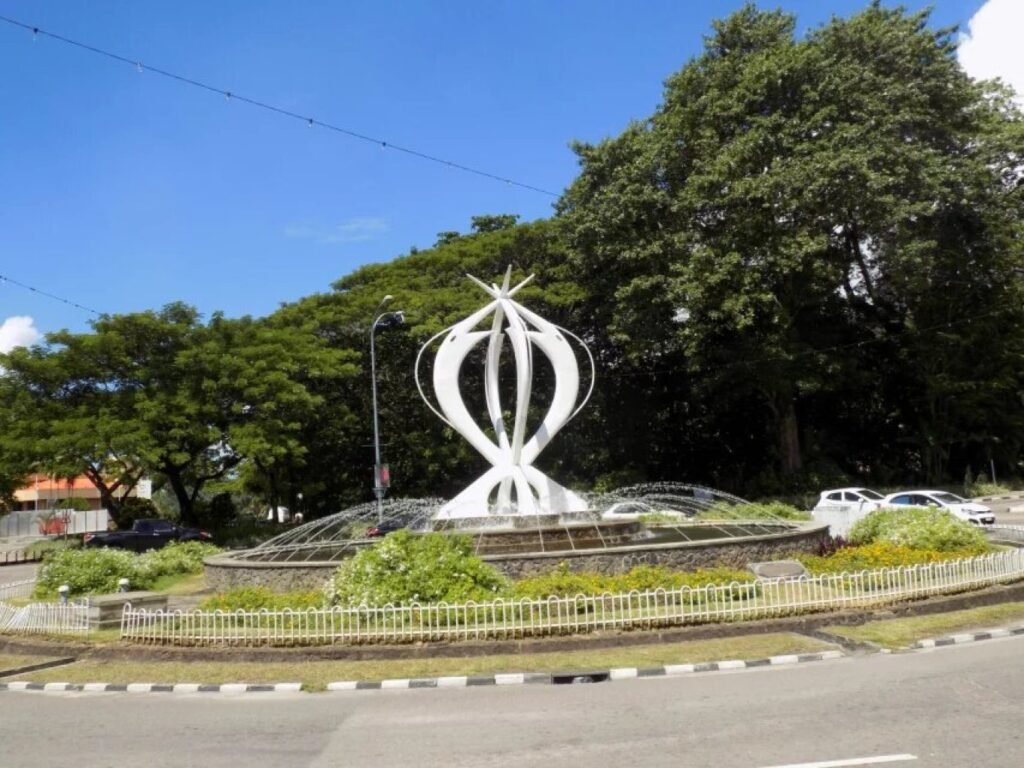
Small Ben is a landmark located in the heart of Victoria, the capital of Seychelles. Erected in 1903, it commemorates the British monarchy’s official declaration of Seychelles as a Crown Colony, separating it from Mauritius, which had previously administered the islands. This miniature replica of London’s Big Ben stands about 5 meters tall and serves as a prominent symbol of the city’s colonial heritage.
